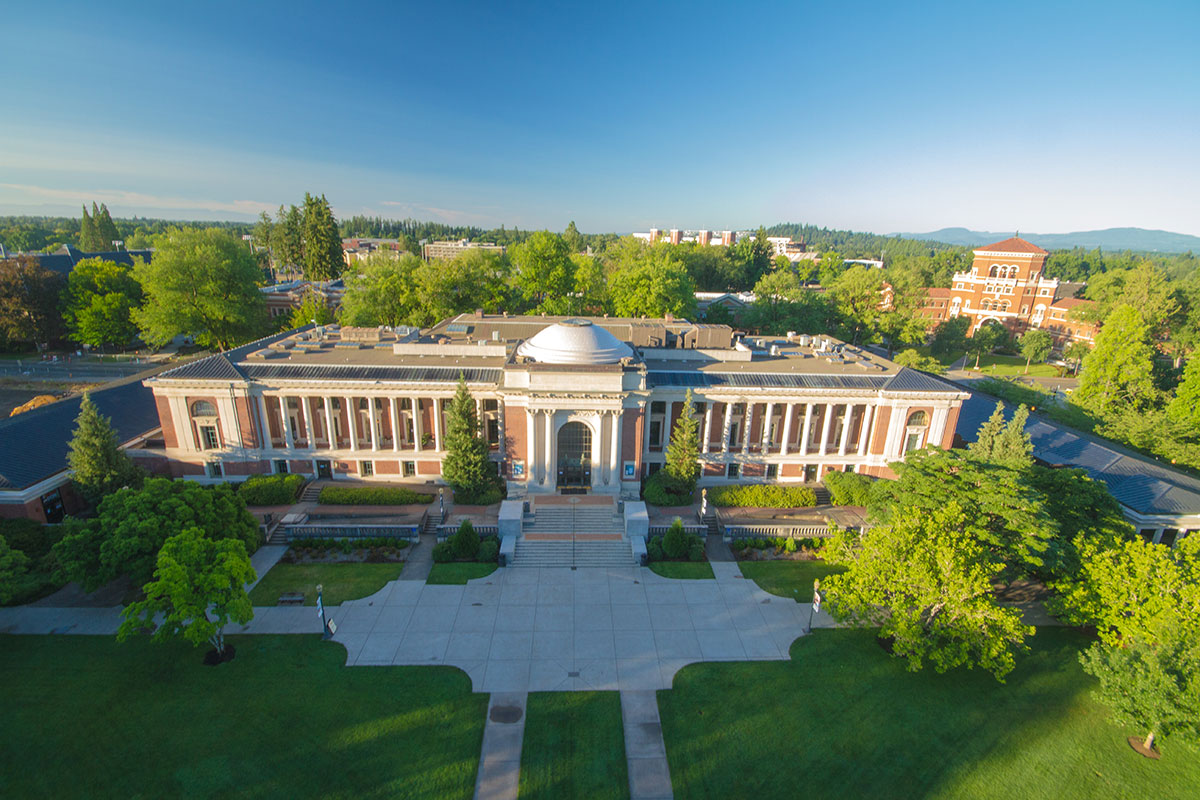
By Lee Anna Sherman
Katlyn Taylor’s life has bumped into practically every phylum of the Animal Kingdom. Ask her how she got into science, and she’ll spin a narrative that spans sea lemons, orphaned chickens, 4-H rabbits, endangered Asian elephants, gray whale migration, sea lion pups, the genetics of microbacterial phages and the coloration of sea stars.
And she’s just getting warmed up.
The research Taylor has done since coming to Oregon State from her hometown of Oregon City four years ago is the collegiate sequel to a childhood captivation with animals. When she was 9, for example, she rescued a baby chicken that somehow had wandered into a Fred Meyer restroom. Her little sister wanted a chick, too, so before long the Taylor family had a backyard coop that “accidentally” included a rooster. If the hens pecked each other, little Katlyn would bathe the injured birds in a salad bowl with diluted peroxide. On the yearly family holiday at Cannon Beach, her mom and dad — both high school educators — helped the girls ID the neon-bright, weirdly shaped organisms clinging to Haystack Rock. And how many young women would be rapturous about getting a beachcombers field guide for their 18th birthday?
When it came time to choose a college, Taylor liked OSU’s broad science options. “Half the campus is dedicated to science!” she enthuses. “Oh my gosh, so much science!”
No one could accuse Katlyn Taylor of hanging back or slacking off. Packing the maximum into her college experience seems to be her mission. During her first year as an International Degree student with majors in biology and Spanish, she worked on harvesting the DNA of a microbacterial phage (virus), a project funded by the Howard Hughes Medical Institute. That spring, she presented her team’s findings in Washington, D.C., and went on to coauthor an entry on a National Institutes of Health database.
A Gift from Nepal
Next she went trekking in Nepal with the OSU Geosciences Club, a trip that included visits to Chitwan National Wildlife Refuge (an elephant sanctuary) and Mustang Kingdom, an ancient Buddhist community in the Himalayas. “There was a lady who gave each of us students a white scarf for good luck,” Taylor recalls, a tone of wonderment in her voice. This summer — her last before graduation — she’s off to Mexico to finish her fourth year of Spanish and complete her thesis on how governmental policies of the United States, Canada and Mexico work (or don’t work) to protect marine mammals in the Pacific. In between, she managed to fit in a study abroad experience in Spain and an experiment on the diet and coloration of sea stars.
She also assisted in an introductory marine mammal course at the Hatfield Marine Sciences Center. One mild spring morning, Taylor stands on the headland at Boiler Bay coaching students who are scanning the steely gray ocean for whale blows. Cormorants glide low over the swells while common murres nest on a nearby sea stack. “One of the last times I was here, I saw a juvenile gray whale foraging and some sea lions porpoising,” she says, training her gaze toward the Pacific. After clocking hundreds of hours in laboratories and libraries, and logging thousands of miles in flight and on foot, Taylor still finds enchantment in the sea life back home on the Oregon coast.
_______________________
Editor’s note: Katlyn Taylor received the Merrill Family Foundation Scholarship at OSU.




